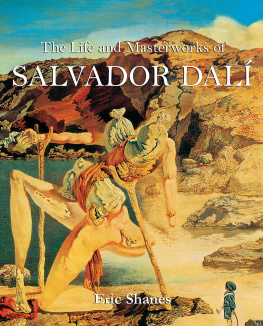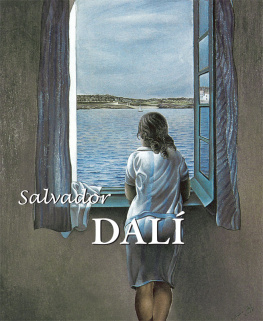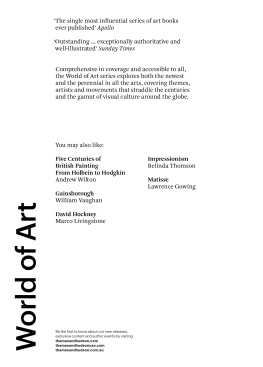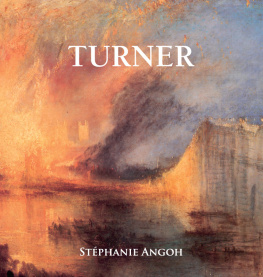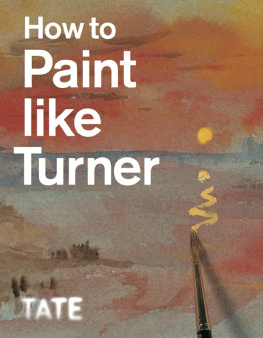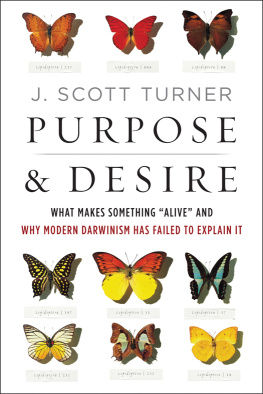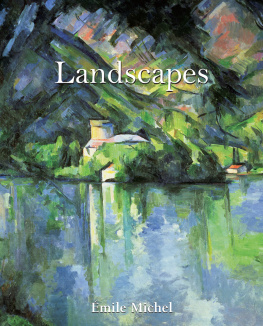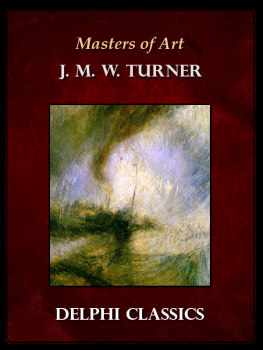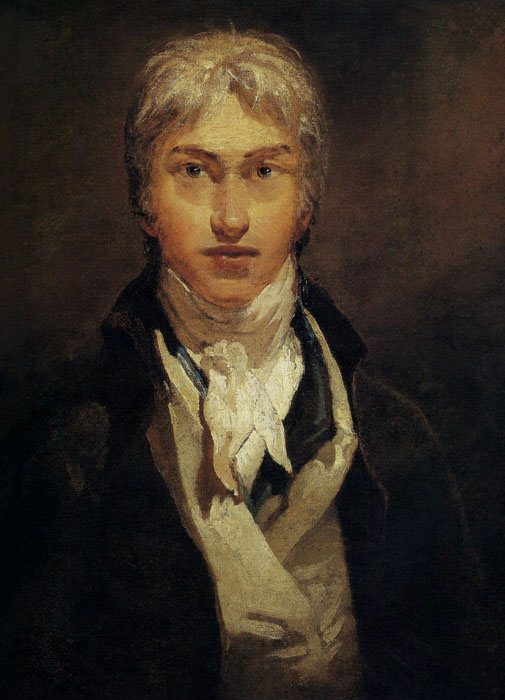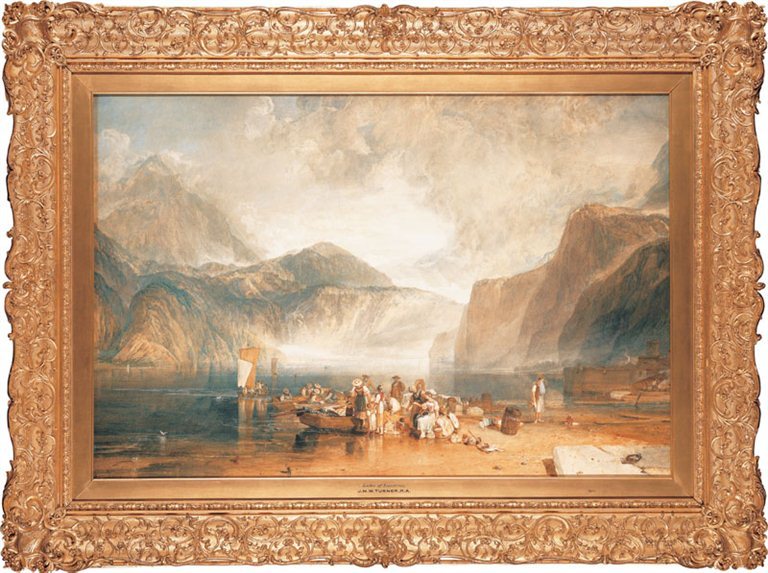Eric Shanes - The Life and Masterworks of J.M.W. Turner
Here you can read online Eric Shanes - The Life and Masterworks of J.M.W. Turner full text of the book (entire story) in english for free. Download pdf and epub, get meaning, cover and reviews about this ebook. year: 2012, publisher: Parkstone International, genre: Non-fiction. Description of the work, (preface) as well as reviews are available. Best literature library LitArk.com created for fans of good reading and offers a wide selection of genres:
Romance novel
Science fiction
Adventure
Detective
Science
History
Home and family
Prose
Art
Politics
Computer
Non-fiction
Religion
Business
Children
Humor
Choose a favorite category and find really read worthwhile books. Enjoy immersion in the world of imagination, feel the emotions of the characters or learn something new for yourself, make an fascinating discovery.
- Book:The Life and Masterworks of J.M.W. Turner
- Author:
- Publisher:Parkstone International
- Genre:
- Year:2012
- Rating:5 / 5
- Favourites:Add to favourites
- Your mark:
The Life and Masterworks of J.M.W. Turner: summary, description and annotation
We offer to read an annotation, description, summary or preface (depends on what the author of the book "The Life and Masterworks of J.M.W. Turner" wrote himself). If you haven't found the necessary information about the book — write in the comments, we will try to find it.
At fifteen, Turner was already exhibiting View of Lambeth. He soon acquired the reputation of an immensely clever watercolourist. A disciple of Girtin and Cozens, he showed in his choice and presentation of theme a picturesque imagination which seemed to mark him out for a brilliant career as an illustrator. He travelled, first in his native land and then on several occasions in France, the Rhine Valley, Switzerland and Italy. He soon began to look beyond illustration. However, even in works in which we are tempted to see only picturesque imagination, there appears his dominant and guiding ideal of lyric landscape. His choice of a single master from the past is an eloquent witness for he studied profoundly such canvases of Claude as he could find in England, copying and imitating them with a marvellous degree of perfection. His cult for the great painter never failed. He desired his Sun Rising through Vapour and Dido Building Carthage to be placed in the National Gallery side by side with two of Claudes masterpieces. And, there, we may still see them and judge how legitimate was this proud and splendid homage. It was only in 1819 that Turner went to Italy, to go again in 1829 and 1840. Certainly Turner experienced emotions and found subjects for reverie which he later translated in terms of his own genius into symphonies of light and colour. Ardour is tempered with melancholy, as shadow strives with light. Melancholy, even as it appears in the enigmatic and profound creation of Albrecht Drer, finds no home in Turners protean fairyland what place could it have in a cosmic dream? Humanity does not appear there, except perhaps as stage characters at whom we hardly glance. Turners pictures fascinate us and yet we think of nothing precise, nothing human, only unforgettable colours and phantoms that lay hold on our imaginations. Humanity really only inspires him when linked with the idea of death a strange death, more a lyrical dissolution like the finale of an opera.
Eric Shanes: author's other books
Who wrote The Life and Masterworks of J.M.W. Turner? Find out the surname, the name of the author of the book and a list of all author's works by series.


